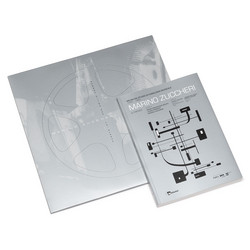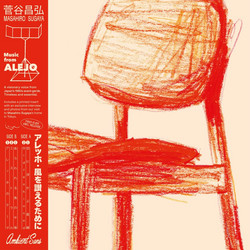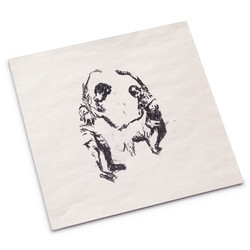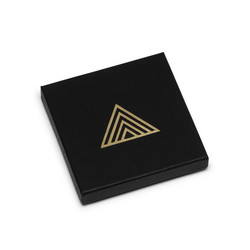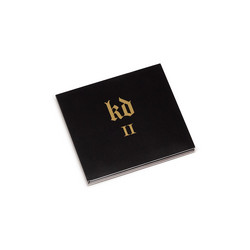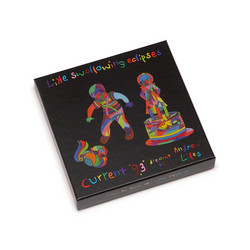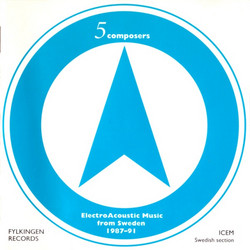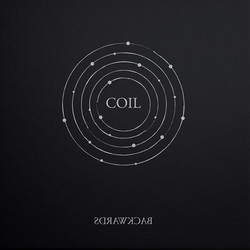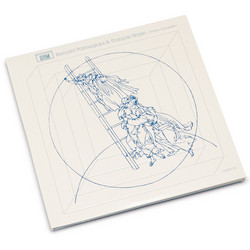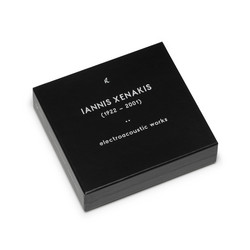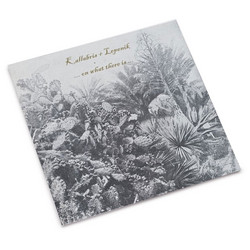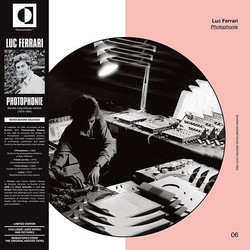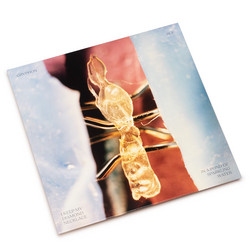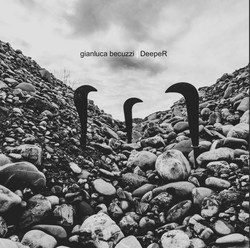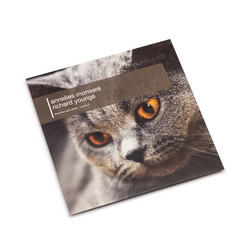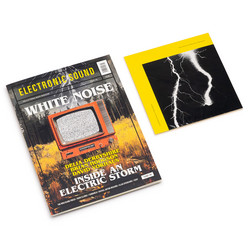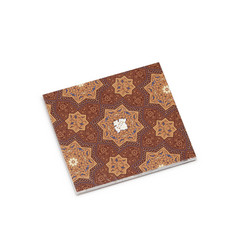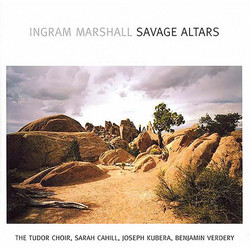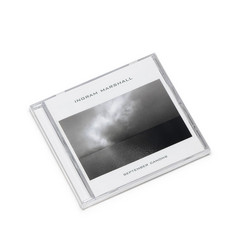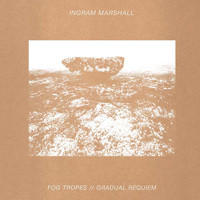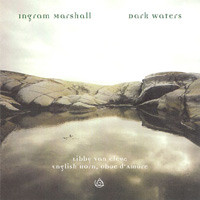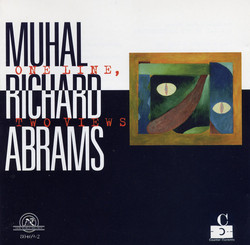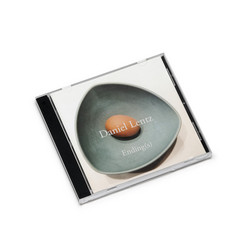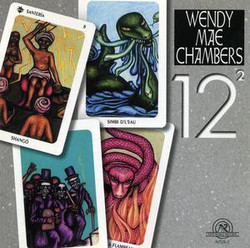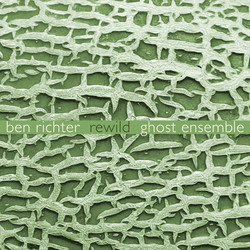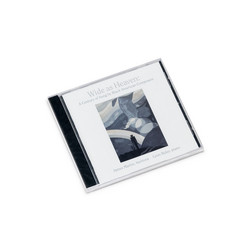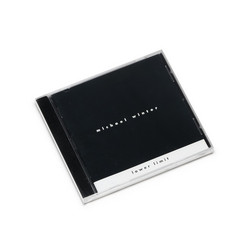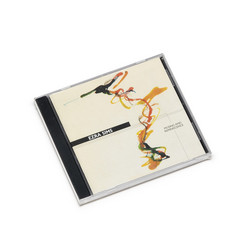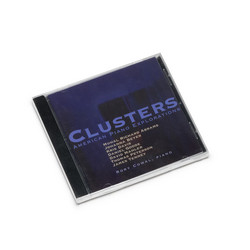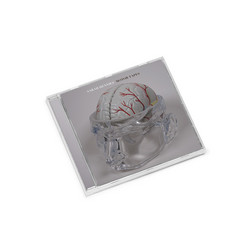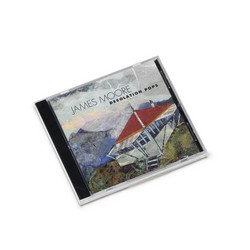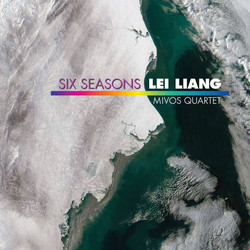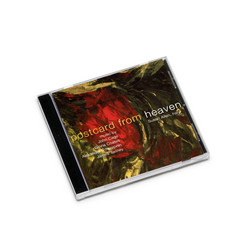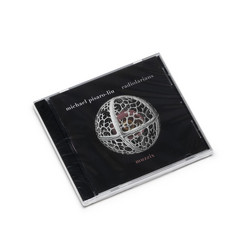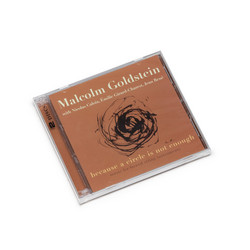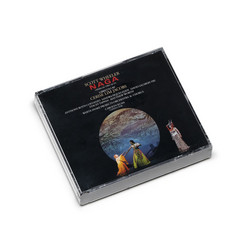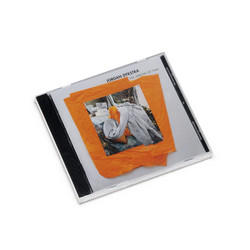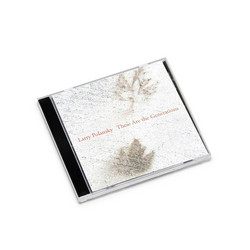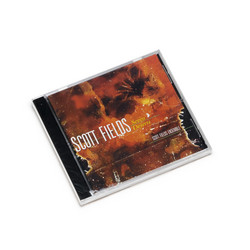1
2
3
4
5
Ingram Marshall
Ikon and other Early Works
This CD comprises the text-sound works (1974-1980) on which Ingram Marshall concentrated throughout the seventies and falls into two parts: the works from the Fragility Cycles period (Cries Upon the Mountains, SUNG, Sibelius in His Radio Corner, and IKON) and the earlier works (Cortez, Weather Report, and The Emperor’s Birthday).
“Cortez, Weather Report, and The Emperor’s Birthday form a kind of trilogy representing my work with “text-sound” in the early seventies. The techniques used to generate musical fabrics and structures out of spoken text are similar in all three works, but the source materials are all quite different. I used tape loops to create repetitive patterns from words or phrases; musical structures were developed out of the resulting fabric. It is not the original utterance or sound bit that is the building block, but the whole cloth created from it.”
SUNG and IKON are both based on poems by Swedish poet Gunnar Ekelöf. The first piece, referring to the Sung Dynasty, is scored initially as a solo/duo recitative by painter Jan Håfström and dancer Margareta Asberg, after which the tape processes multiply their voices into a ghostly chorus as Marshall’s spectral bass appears with the English translation, to be in turn transformed into its own small chorus.
IKON, Marshall’s setting of Ekelöf’s Ayiasma, is a mystical meditation on an ancient ikon seen in a Greek church. The air of apocalyptic finality in the text is enhanced by the electronics, with the pervasive soundscape being that of an entropic cosmic machine. Marshall again intones the English translation; the incantatory recitation of the Swedish original is by Ekelöf himself.
“Rop pÃ¥ fjellet (Cries Upon the Mountains) again uses materials “collected” in Scandinavia, most significantly an ancient recording of locklÃ¥tar and rop from Swedish mountain herdinner (shepherdesses) traditionally used to call goats and cattle from great distances, although clearly also cultivated for their own intrinsic, shrill beauty. The live element is my own voice, a high keening processed through a tape delay system.”
Sibelius in His Radio Corner was inspired by a photograph of the Finnish composer during his “forty years of silence,” sitting in an armchair and listening to his own work being performed on the radio. “In his old age Sibelius enjoyed pulling in distant broadcasts of his music off the short-wave. I imagined that with all the static and signal drift, some of these listening experiences might have been proleptically like a modern-day electronically processed kurzwellen piece.”
Marshall’s brooding, mysterious sonic landscapes are essential listening for anyone interested in Minimalism and the musique concrete tradition in electronic music.
“Cortez, Weather Report, and The Emperor’s Birthday form a kind of trilogy representing my work with “text-sound” in the early seventies. The techniques used to generate musical fabrics and structures out of spoken text are similar in all three works, but the source materials are all quite different. I used tape loops to create repetitive patterns from words or phrases; musical structures were developed out of the resulting fabric. It is not the original utterance or sound bit that is the building block, but the whole cloth created from it.”
SUNG and IKON are both based on poems by Swedish poet Gunnar Ekelöf. The first piece, referring to the Sung Dynasty, is scored initially as a solo/duo recitative by painter Jan Håfström and dancer Margareta Asberg, after which the tape processes multiply their voices into a ghostly chorus as Marshall’s spectral bass appears with the English translation, to be in turn transformed into its own small chorus.
IKON, Marshall’s setting of Ekelöf’s Ayiasma, is a mystical meditation on an ancient ikon seen in a Greek church. The air of apocalyptic finality in the text is enhanced by the electronics, with the pervasive soundscape being that of an entropic cosmic machine. Marshall again intones the English translation; the incantatory recitation of the Swedish original is by Ekelöf himself.
“Rop pÃ¥ fjellet (Cries Upon the Mountains) again uses materials “collected” in Scandinavia, most significantly an ancient recording of locklÃ¥tar and rop from Swedish mountain herdinner (shepherdesses) traditionally used to call goats and cattle from great distances, although clearly also cultivated for their own intrinsic, shrill beauty. The live element is my own voice, a high keening processed through a tape delay system.”
Sibelius in His Radio Corner was inspired by a photograph of the Finnish composer during his “forty years of silence,” sitting in an armchair and listening to his own work being performed on the radio. “In his old age Sibelius enjoyed pulling in distant broadcasts of his music off the short-wave. I imagined that with all the static and signal drift, some of these listening experiences might have been proleptically like a modern-day electronically processed kurzwellen piece.”
Marshall’s brooding, mysterious sonic landscapes are essential listening for anyone interested in Minimalism and the musique concrete tradition in electronic music.
Details
Cat. number: NW 80577
Year: 2000
Notes:
Mastered at SoundByte Productions, Inc., NYC.
